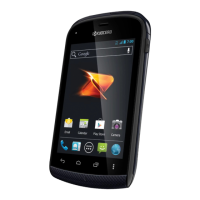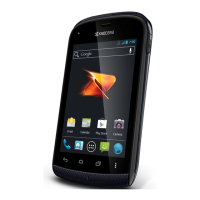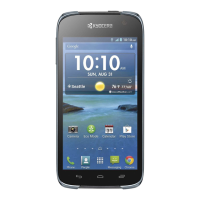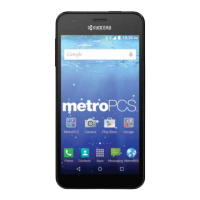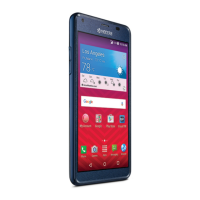Important Safety Information 156
n Thebatterymayneedrechargingifithasnotbeenusedforalongperiodoftime.
n It’sbesttoreplacethebatterywhenitnolongerprovidesacceptableperformance.Itcanbe
rechargedhundredsoftimesbeforeitneedsreplacing.
Storing
n Don’tstorethebatteryinhightemperatureareasforlongperiodsoftime.It’sbesttofollow
thesestoragerules:
l Lessthanonemonth:
-4°Fto140°F(-20°Cto60°C)
l Morethanonemonth:
-4°Fto113°F(-20°Cto45°C)
Disposal of Lithium Ion (Li-Ion) Batteries
n Promptlydisposeofusedbatteriesinaccordancewithlocalregulations.
n Neverdisposeofthebatterybyincineration.
n DonothandleadamagedorleakingLi-Ionbatteryasyoucanbeburned.
n ForsafedisposaloptionsofyourLi-Ionbatteries,contactyournearestBoostauthorizedservice
center.
Special Note:Besuretodisposeofyourbatteryproperly.Insomeareas,thedisposalofbatteries
inhouseholdorbusinesstrashmaybeprohibited.
Radio Frequency (RF) Energy
Understanding How Your Phone Operates
Yourphoneisbasicallyaradiotransmitterandreceiver.Whenit’sturnedon,itreceivesand
transmitsradiofrequency(RF)signals.Whenyouuseyourphone,thesystemhandlingyourcall
controlsthepowerlevel.Thispowercanrangefrom0.006wattto0.2wattindigitalmode.
Knowing Radio Frequency Safety
ThedesignofyourphonecomplieswithupdatedNCRPstandardsdescribedbelow.
In1991–92,theInstituteofElectricalandElectronicsEngineers(IEEE)andtheAmericanNational
StandardsInstitute(ANSI)joinedinupdatingANSI’s1982standardforsafetylevelswithrespectto
humanexposuretoRFsignals.Morethan120scientists,engineersandphysiciansfrom
universities,governmenthealthagenciesandindustriesdevelopedthisupdatedstandardafter
reviewingtheavailablebodyofresearch.In1993,theFederalCommunicationsCommission
(FCC)adoptedthisupdatedstandardinaregulation.InAugust1996,theFCCadoptedhybrid
standardconsistingoftheexistingANSI/IEEEstandardandtheguidelinespublishedbythe
NationalCouncilofRadiationProtectionandMeasurements(NCRP).

